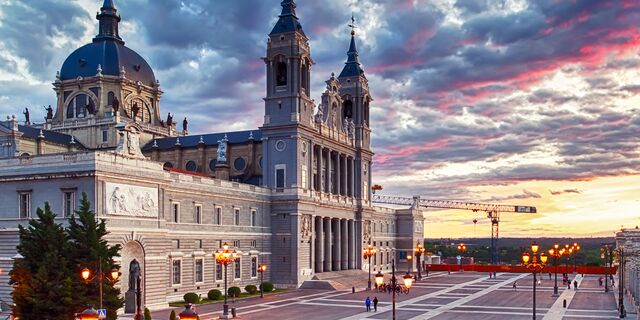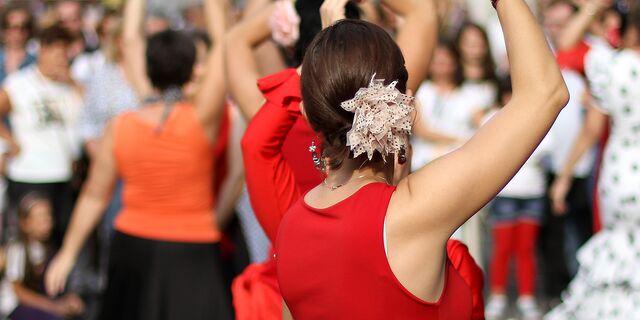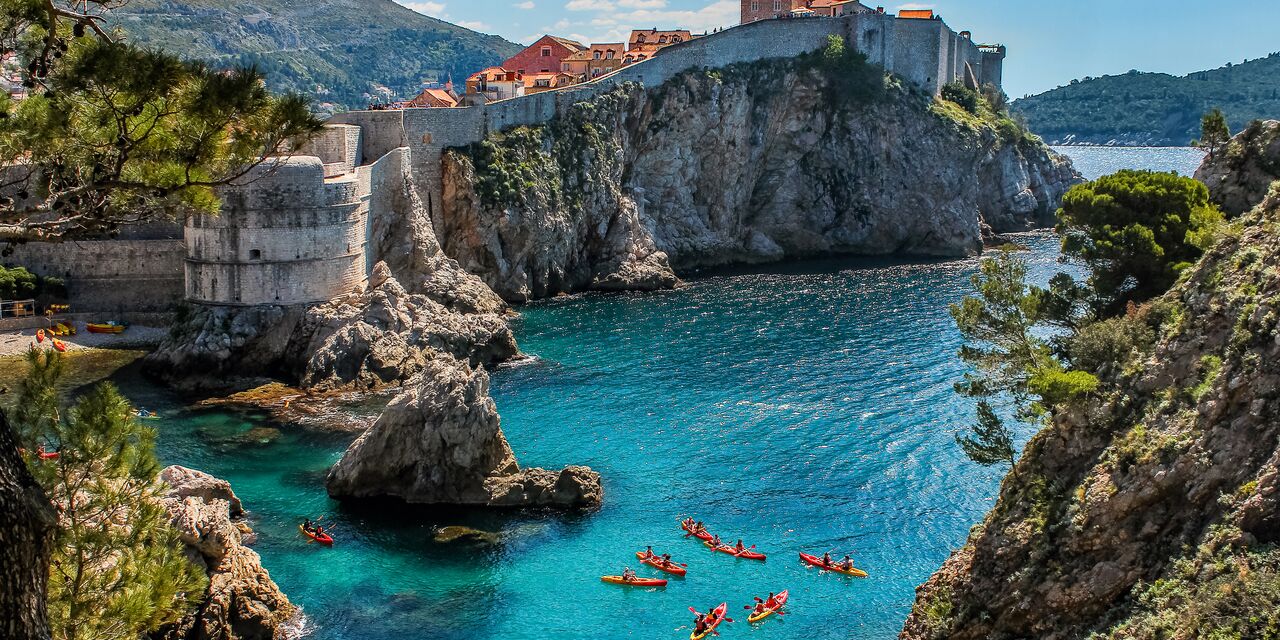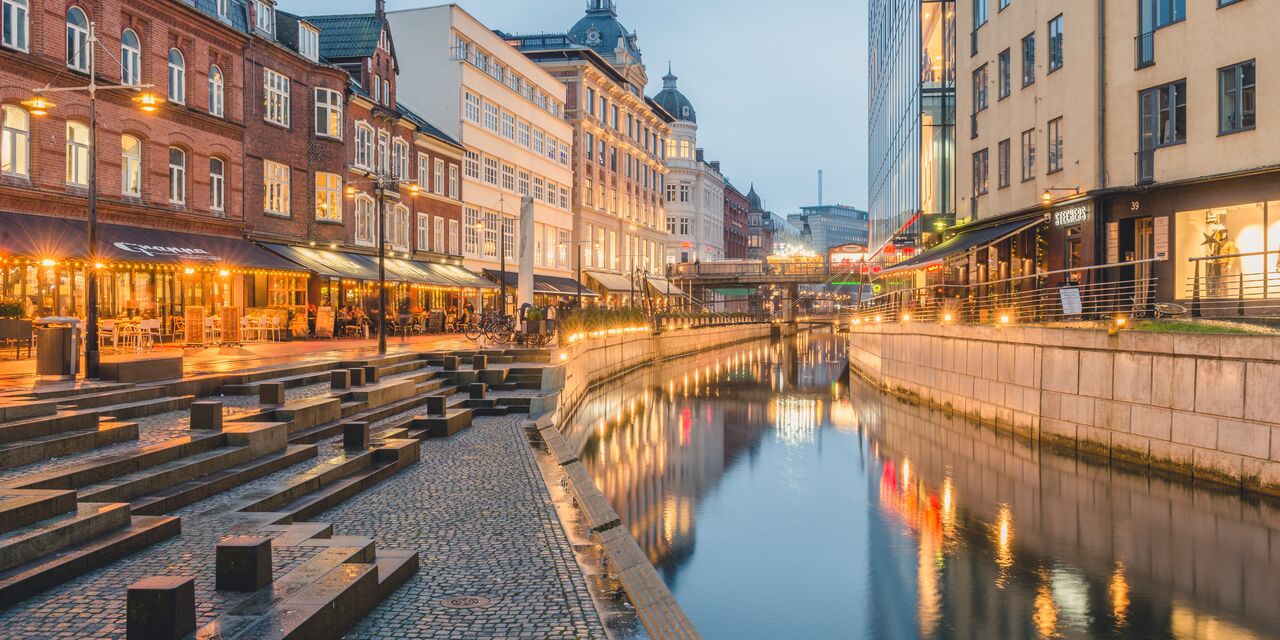The history of Plaza Mayor
It started with a modest market at the same location outside the city walls in the Middle Ages. It was called Plaza del Arrabal at the time and, later on – sailing on the winds of history – Plaza de la Constitución, Plaza Real and Plaza de la República. But it has always been known by the locals as the ‘main square’ – Plaza Mayor. The Habsburg King Philip the Fair considered it a shambles and ordered court architect Juan de Herrera to completely renovate the entire square with the Casa de la Panadería (Bakery House), richly adorned with frescoes, as its pièce de résistance. After a series of city fires, the square gained its current form: rectangular in shape with gates on all sides, 2 perky towers across one another, and fringed with 4-storey red ochre buildings. The people of Madrid could also watch the public executions and bullfights from one of the 237 wrought-iron balconies overlooking the square.
Eating and drinking on Plaza Mayor
Plaza Mayor is a popular sight that attracts thousands of visitors each day. Many come to admire the grandeur of the historic square, but also for a cup of ‘café con leche’ or a plate full of tapas at one of the sunny outdoor cafés. Admittedly, the cafés are touristy, but the bars and restaurants a few steps away are still quite authentic. Mesón de la Guitarra is great for a glass of chilled wine or pitcher of sangria, while Museo del Jamon serves refreshing cold beers and Iberian ham sandwiches and Mesón del Champiñón offers are wide range of tapas that are to die for.





















